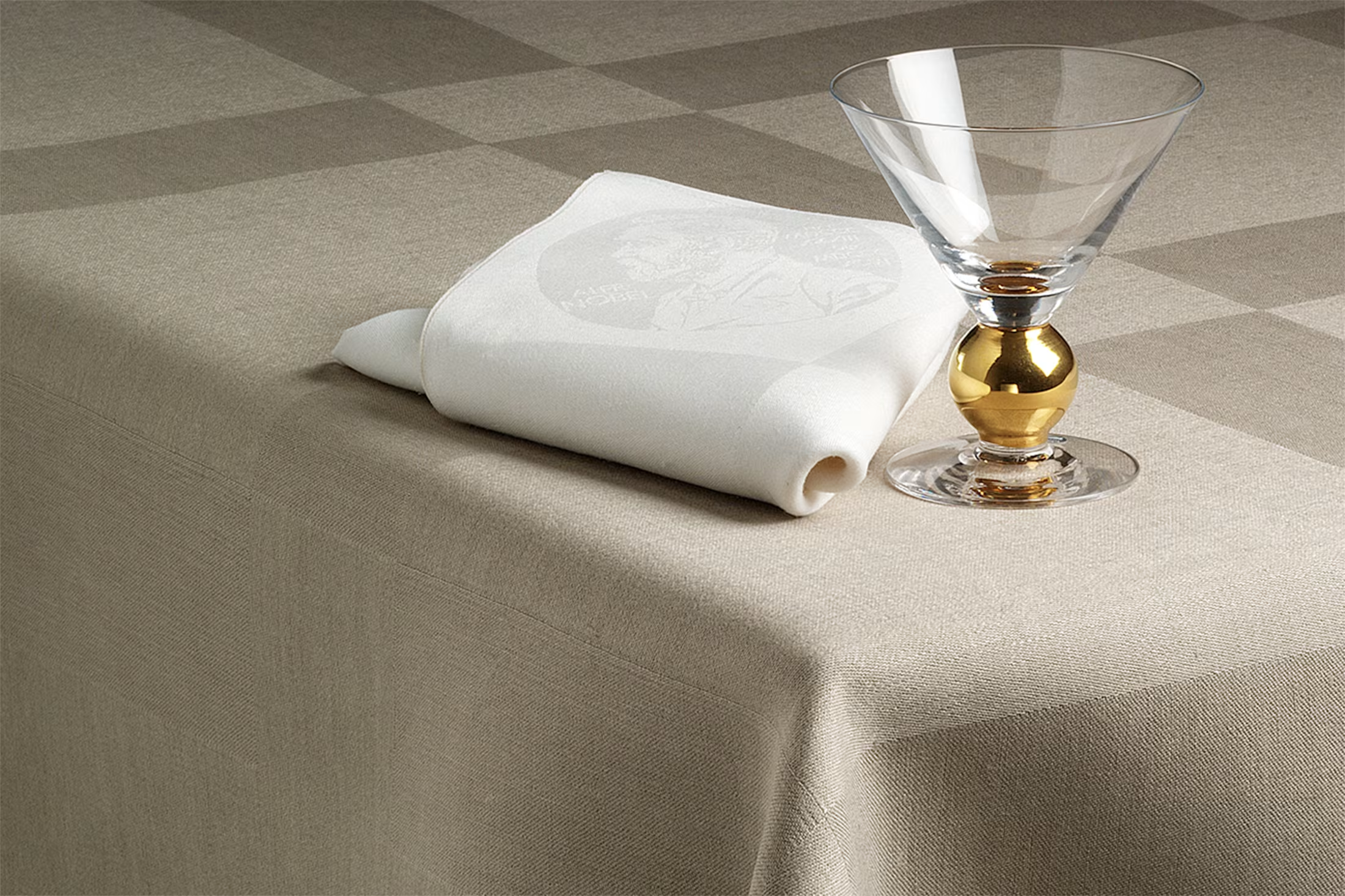
The Nobel table setting
Every year in December, it's time again for one of the world's most celebrated events - the Nobel Festival . Over a thousand guests are invited and during the evening can enjoy a dinner of the finest kind at beautifully set tables. For the 25th year in a row, Klässbol's Linneväveri is represented to the highest degree. This through 500 meters of cloth in the finest linen and 1350 generous napkins that measure a full 70×70 cm.
In 1991, the result of a unique collaboration between some of Sweden's most skilled designers and quality-conscious manufacturers was launched. The masterminds behind the project were art historian Åke Livstedt and architect Magnus Silfverhielm. On behalf of the Nobel Foundation, a proposal was drawn up for renewal, regarding both the ceremonial setting and the celebratory banquet itself, for the celebration of the 90th anniversary of the Nobel Prize in 1991.
The decision was made to create completely new parts for the set table and Orrefors, Rörstrand, Gense and Klässbols Linneväveri were given the assignment in their respective areas and Gunnar Cyrén, Karin Björquist and Ingrid Dessau were given responsibility for the design. Ingrid Dessau, an outstanding designer who had her artistic breakthrough in 1953 during a joint exhibition with Signe Persson Melin at the Galerie Moderne in Stockholm, was responsible for the design of the textile. After this, she was appointed first designer at Kasthall and during her time there has signed several carpets in their collection
After we at Klässbol's Linneväveri received their assignment, a large amount of work took off and two looms were built for the purpose. All weaving was done in mechanical looms, one with jacquard and one in shaft, all in satin binding. The cloth loom became the widest in the company's history with a loom width of 210 cm to cover the honor table. No cloth was less than 10 meters long and a total of 500 meters of cloth was used during the Nobel banquet. The napkins are generous and have the Nobel emblem woven into one corner. When setting the table, the napkin is placed on the plate and through the special Nobel fold, the bread can be placed in it to keep warm for dinner. It was a time-consuming job to weave the 1350 napkins. A work that went on for a year. A unique part of the project was that the cloths were to be woven with natural unbleached, untreated linen. The reasons for this were partly from an environmental perspective, but also because the unbleached, gray cloth would function as a stage for glass, porcelain, cutlery and flower arrangements.
On December 10, it was therefore time to present the world's most talked about party for the 25th year in a row. An honorable mission that we at Klässbols Linneväveri place great value on. Once again, 1350 guests get to enjoy a unique event and get to take part in parts of our Swedish cultural heritage in the form of textiles, glass and porcelain.

